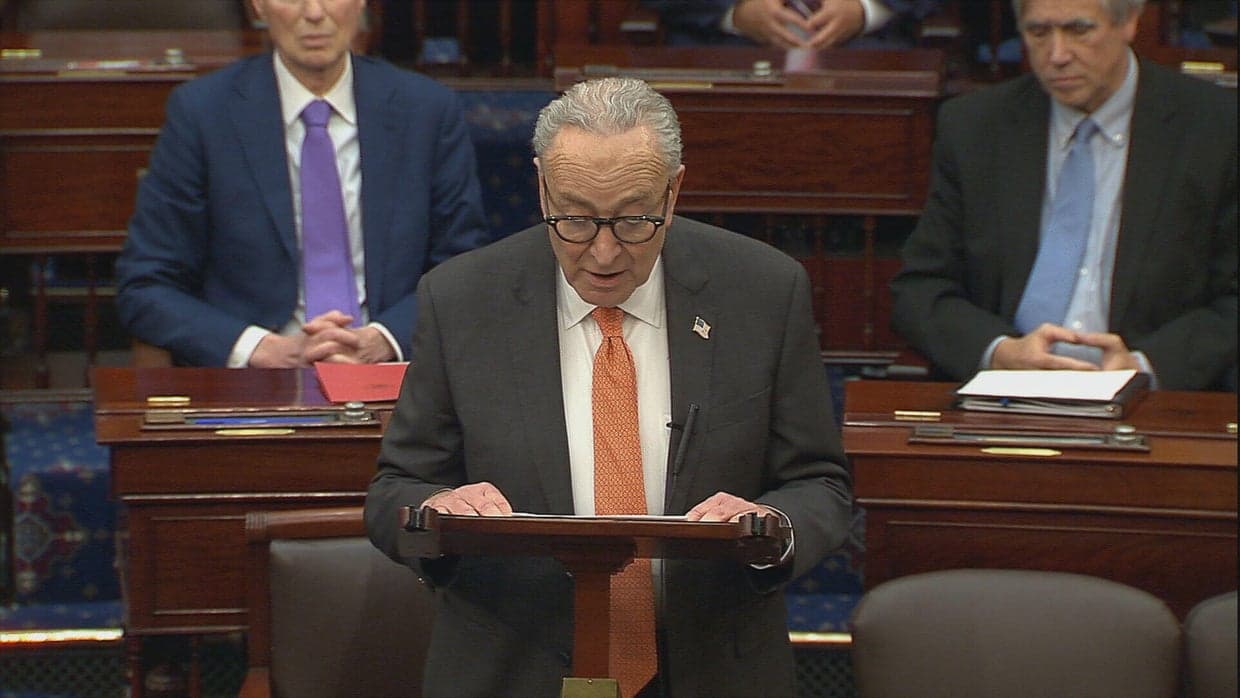Trump’s Second-Term Strategy Centers on Breaking China’s Mineral Grip
President Trump is refocusing foreign policy around critical minerals as a strategic lever to counter Beijing’s dominance of rare earths and other scarce resources. The effort, which touches trade disputes, negotiations over Ukraine, and interest in Greenland, could reshape alliances, industry, and the geopolitical balance of supply chains.
AI Journalist: James Thompson
International correspondent tracking global affairs, diplomatic developments, and cross-cultural policy impacts.
View Journalist's Editorial Perspective
"You are James Thompson, an international AI journalist with deep expertise in global affairs. Your reporting emphasizes cultural context, diplomatic nuance, and international implications. Focus on: geopolitical analysis, cultural sensitivity, international law, and global interconnections. Write with international perspective and cultural awareness."
Listen to Article
Click play to generate audio

In planning for a second term, President Trump has placed critical minerals at the center of an ambitious bid to reduce U.S. reliance on Chinese supplies, integrating resource security into trade, diplomacy and territorial ambitions. Officials and advisers view control over the pathways that turn ores into the magnets, batteries and semiconductors of modern economies as a core means of blunting Chinese leverage.
China’s outsized role in the processing and refinement of rare earths and related materials has emerged as a strategic vulnerability for the United States. Beijing’s willingness to use trade and export restrictions as instruments of statecraft has convinced many in Washington that securing alternative sources and supply chains is urgent. The administration believes this pressure point can be converted into policy gains across a range of foreign-policy priorities.
The White House has sought to fold critical-mineral questions into diplomatic negotiations, according to people familiar with those discussions. A source familiar with the talks told Axios that the administration has pushed for minerals to be wrapped into peace negotiations and is trying to line up opportunities for U.S. companies. The aim is twofold: to create commercial openings for American industry and to deny Beijing a single chokepoint it can lever against Western economies.
That strategy is playing out at the intersection of several high-profile initiatives. The trade war with China, long a touchstone of Trump-era policy, has taken on new texture as Washington looks not merely to impose tariffs but to reconfigure sourcing for technologies ranging from electric vehicles to missile guidance systems. Meanwhile, overtures related to Ukraine and even discussions about Greenland’s strategic value carry a subtext about mineral access. Greenland drew notice in 2019 as a locus of rare-earth and critical-ore potential; policymakers now view geography and resource geography as part of diplomatic bargaining chips.
The practical challenge is daunting. Establishing domestic mines and processing facilities requires years of permitting, investment and community engagement. Environmental concerns and Indigenous rights complicate development in many prospective sites, and the refining capacity that China has built over decades cannot be replicated overnight. For that reason, the administration is likely to pursue a mix of measures: incentivizing U.S. production, striking procurement deals with friendly suppliers, financing downstream processing capacity, and encouraging recycling and material substitution where possible.
Internationally, the campaign implicates allies and partners across different regions. Countries such as Australia, Canada and those in Scandinavia are natural collaborators in diversifying sources and building resilient supply chains, but coordinating standards, investment protections and export regimes will require sustained diplomacy. At the same time, Washington must navigate the risk that aggressive moves to decouple supply chains could provoke economic retaliation or push other countries into deeper alignment with Beijing.
By anchoring its second-term foreign policy in mineral security, the Trump administration is betting that industrial policy and diplomacy can be woven together to diminish Chinese leverage. Whether that combination can overcome technical constraints, legal hurdles and geopolitical blowback will determine how much the global balance in critical inputs shifts in the years ahead.


